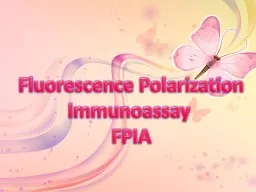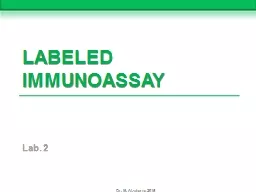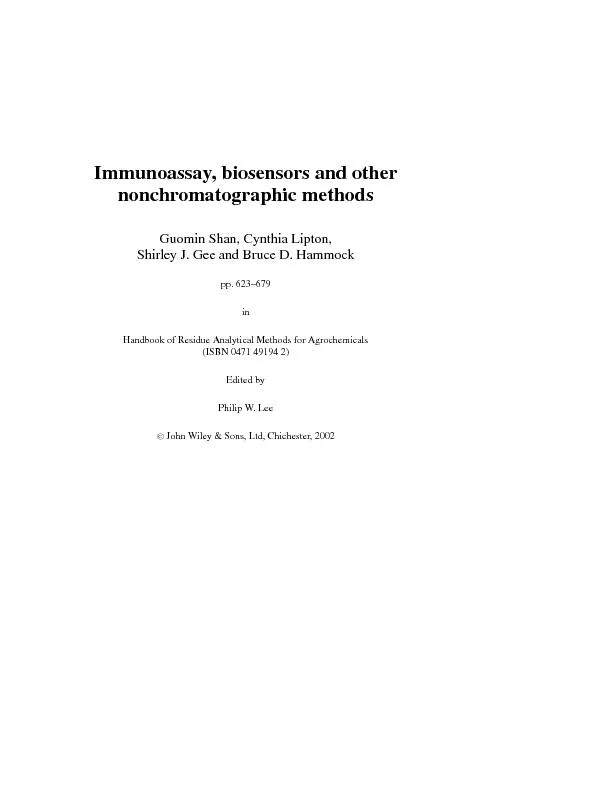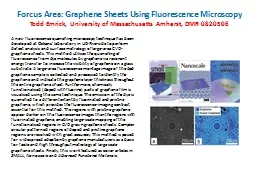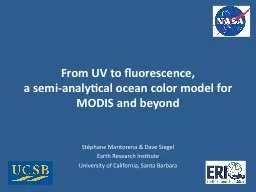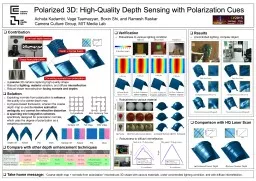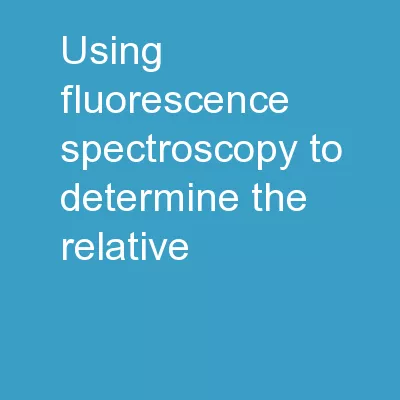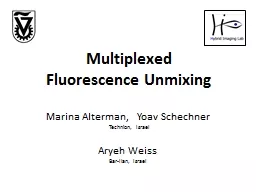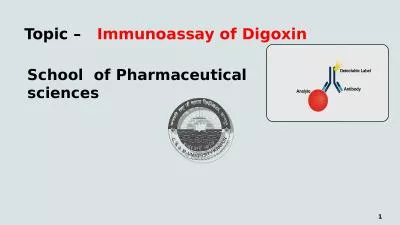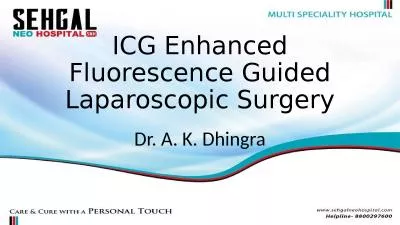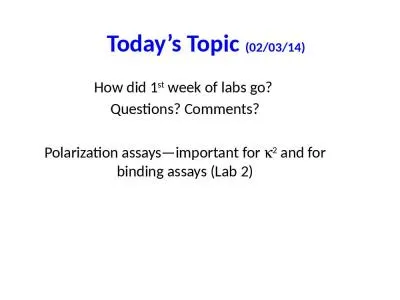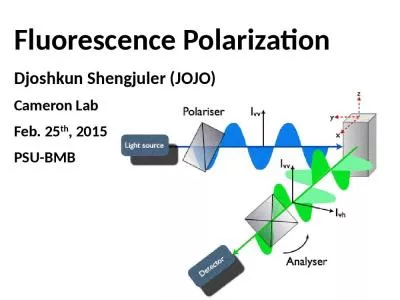PPT-Fluorescence Polarization Immunoassay
Author : mitsue-stanley | Published Date : 2017-08-25
FPIA Fluorescence Polarization Immunoassay FPIA Fluorescence polarization is ideal for the study of small molecule fluorescent ligands binding to receptors In
Presentation Embed Code
Download Presentation
Download Presentation The PPT/PDF document "Fluorescence Polarization Immunoassay" is the property of its rightful owner. Permission is granted to download and print the materials on this website for personal, non-commercial use only, and to display it on your personal computer provided you do not modify the materials and that you retain all copyright notices contained in the materials. By downloading content from our website, you accept the terms of this agreement.
Fluorescence Polarization Immunoassay: Transcript
Download Rules Of Document
"Fluorescence Polarization Immunoassay"The content belongs to its owner. You may download and print it for personal use, without modification, and keep all copyright notices. By downloading, you agree to these terms.
Related Documents

